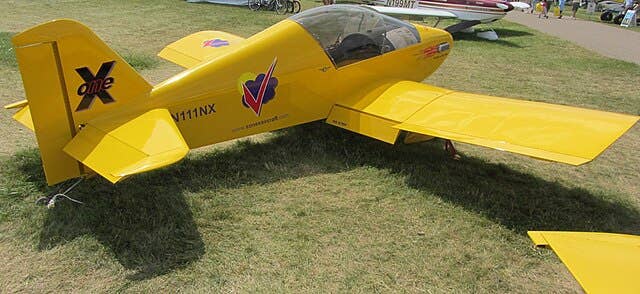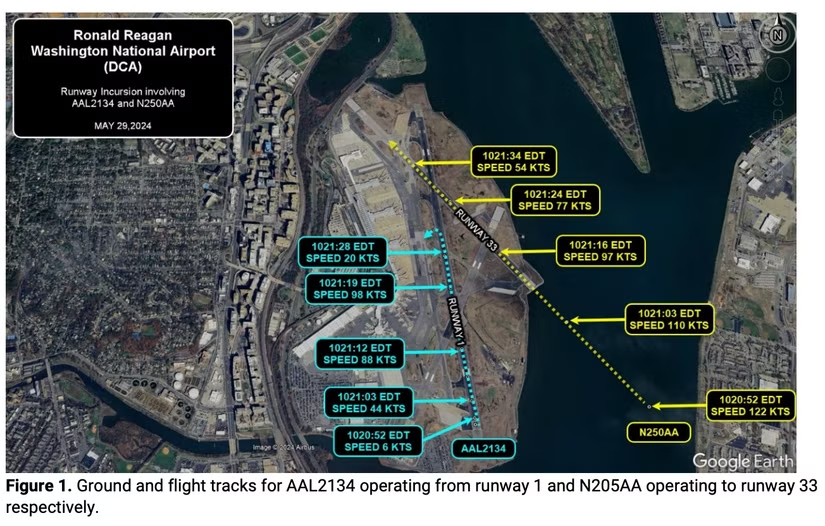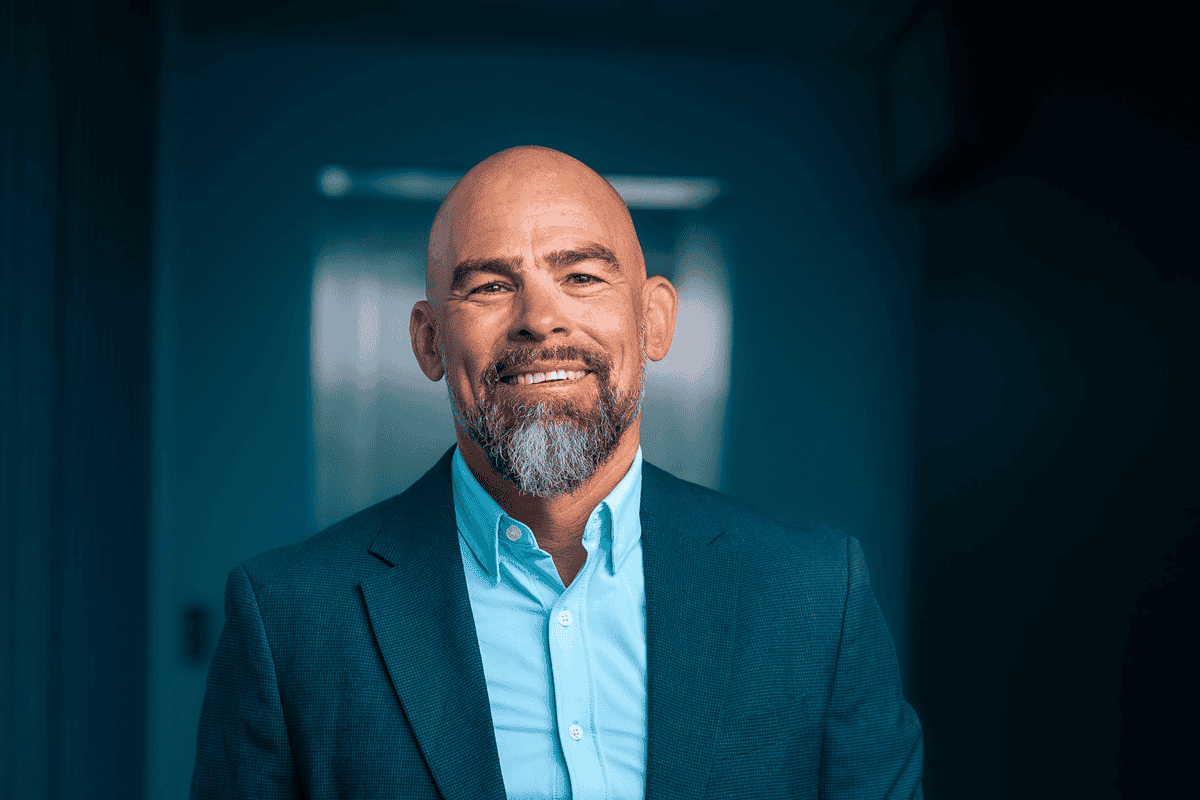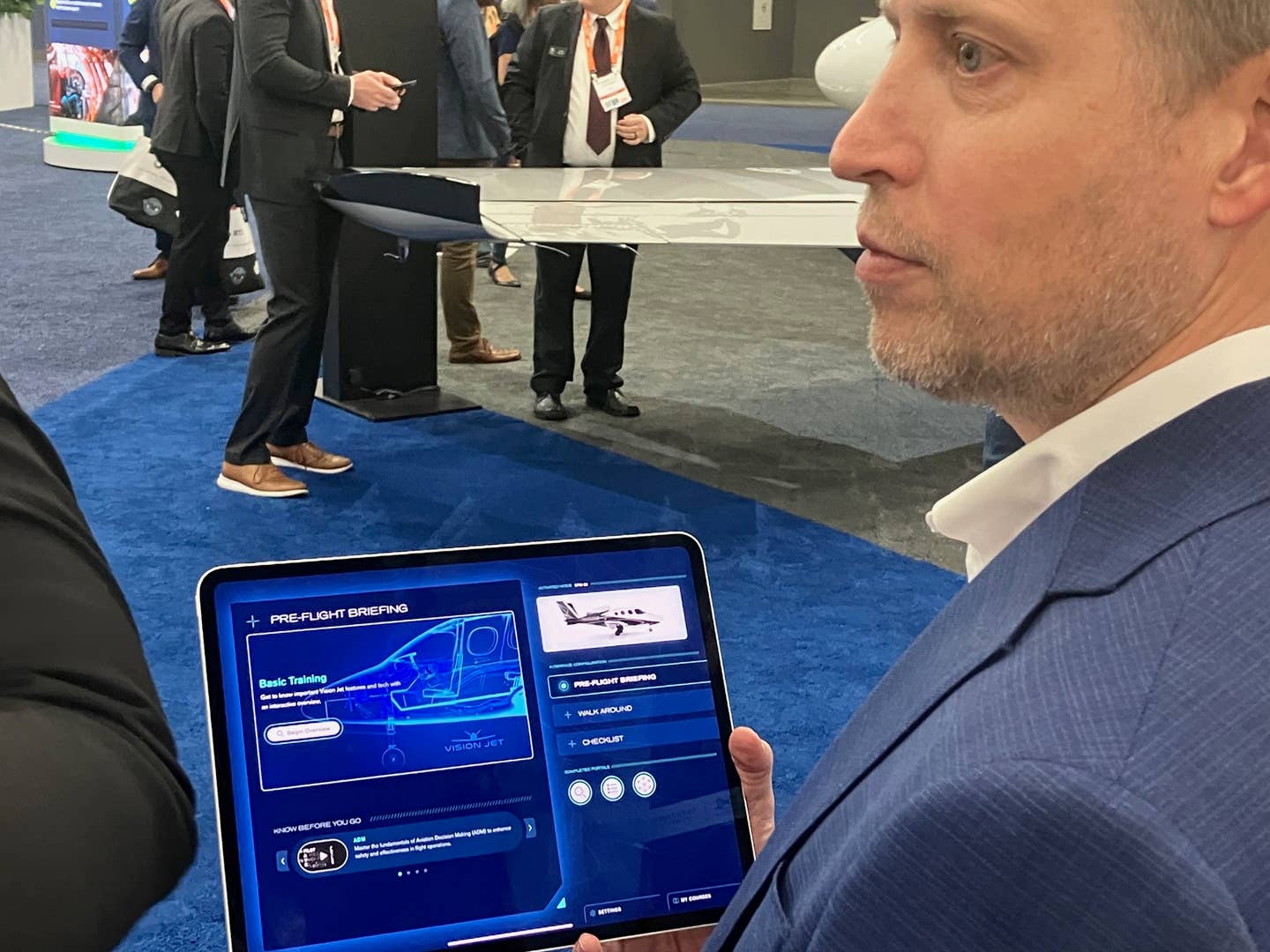Regionals, ALPA Face Off Over Pilot Shortage
The House Aviation Subcommittee heard polar opposite views of the pilot shortage in testimony during a hearing focused on the approaching FAA reauthorization bill on Wednesday. The Regional Airline Association…
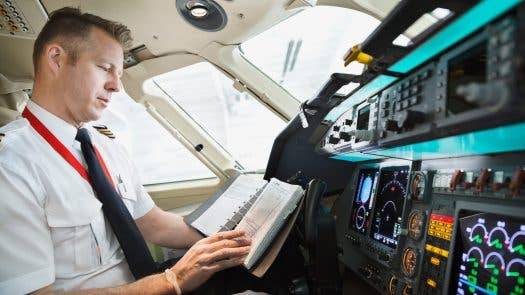
The House Aviation Subcommittee heard polar opposite views of the pilot shortage in testimony during a hearing focused on the approaching FAA reauthorization bill on Wednesday. The Regional Airline Association appeared before the committee saying the pilot shortage has already cut the number of available flights by 25 percent as major airlines poach the most experienced regional pilots for right seat jobs on the main lines. "Twelve large carriers alone hired 13,128 pilots in 2022, sourcing nearly all these pilots from regional airlines," said RAA President Faye Malarkey Black. "This hiring spree specifically targeted captains and captain-eligible first officers." But the Air Line Pilots Association countered with its now-familiar stance that there are plenty of ATPs to go around.
In his testimony, ALPA President Capt. Jason Ambrosi said airline mishandling of the impact of the COVID pandemic created a backlog of certificated pilots who needed retraining, but there is no shortage of pilots per se. "Fortunately, we have more pilots available now than before the pandemic," Ambrosi said. "As a result, the temporary training backlog is already resolving itself as airlines get caught up. Moreover, pilot training classes are at capacity, and college aviation programs are full."
The political undercurrent to the proceedings came from the loved ones of those lost in the crash of Colgan Air Flight 3407 in Buffalo, New York, in 2009. After a few years of intense lobbying after the crash, Congress passed the 1,500-hour rule for first officers. Since there hasn't been a fatal airline crash since, the group and many of their sympathetic government representatives are crediting the law. They showed up at the hearing because some members of the committee, including Chairman Sam Graves, R-Mo., have publicly suggested the 1500-hour limit be relaxed. Graves pointed out that all the pilots involved in fatal crashes in the last 35 years have had more than 1,500 hours. He has suggested some of those 1,500 hours be done in simulators, arguing that kind of experience for young pilots is more valuable than "flying around in circles" in a piston single.


